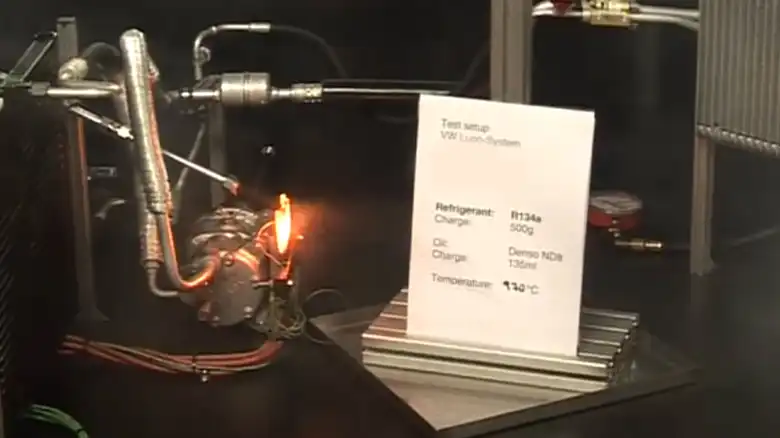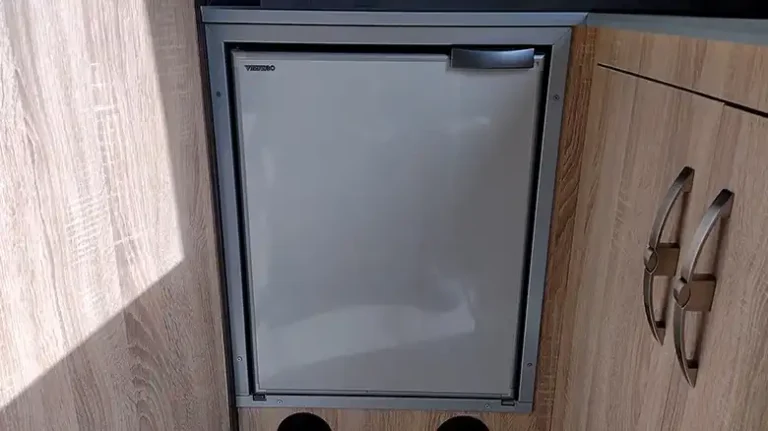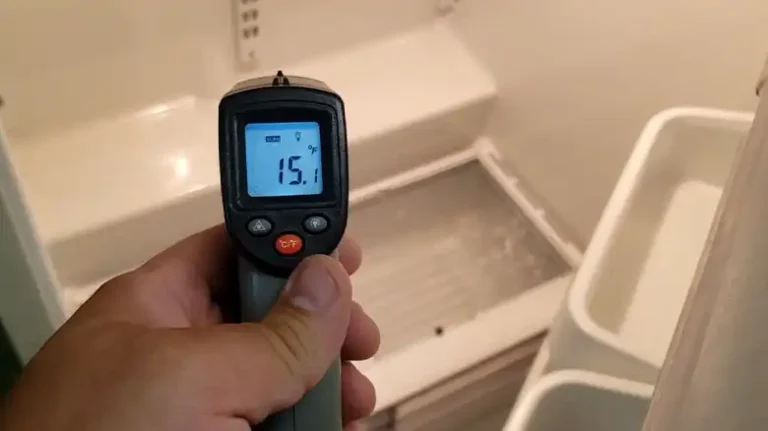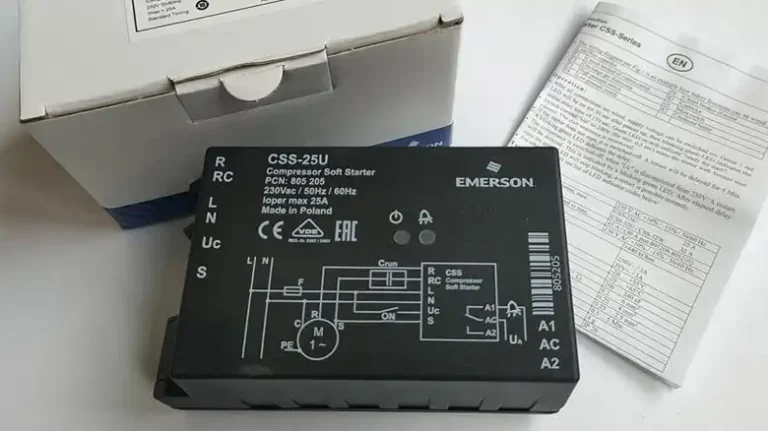[Explained] Is R134a Refrigerant Flammable?
In 1990, R134a or 1,1,1,2-Tetrafluoroethane was introduced to replace its ancestor R12 or dichlorodifluoromethane. But in 2011, it was banned in Europe, and in 2021, EPA (Environmental Protection Agency) announced that it will be banned globally. Now, you may wonder whether it is banned due to a flammable issue or not. As for a refrigerant, the mandatory criteria is, it should be non-flammable.
Well, R134a refrigerant is non-flammable gas and it was certified back in the ‘90s. It’s a non-flammable refrigerant due to high temperature and pressure tolerance. But at higher temperatures, it can be flammable. To learn more, go through this entire article and find out what makes R134a non-flammable.
Let’s get started then.

Why R134a Refrigerant isn’t Flammable?
R134a Refrigerant was certified as A1 (Allowable) by the ASHRAE (American Society of Heating, Refrigerating, and Air-Conditioning Engineers) 34 Standard Committee, meaning this substance is not flammable. R134a was created with good chemical stability.
This gas can stay neutral in higher temperatures and have higher pressure tolerance, making it non-flammable gas. But there are some different situations where R314a can be flammable.
Here we have provided a chart with R134a gas properties.
| Properties | Value |
| Boiling Point | -26.1°C |
| Auto-Ignition Temperature | 770°C |
| Critical Temperature | 122°C |
| Critical Pressure | 4060.3-kilo pascal |
As you can see, R134a has a critical temperature of 122°C which means it can stay or behave as non-flammable gas till this temperature. After that, it may become flammable but at 770°C, it will turn flammable by itself.
So, Without High Temperatures and Pressure Can R134a Refrigerant be Combustible?
As we have mentioned earlier that at room temperature and atmospheric pressure, R134a will behave like a non-flammable gas. It won’t turn into a flammable until the room temperature and atmospheric pressure crosses the tolerable limit. Without this, are there any other possibilities when this gas can turn into a flammable gas?
The answer to this question is Yes. It can be flammable in other conditions too. In the Oxygen enriched environment at room temperature then R134a will start a reaction with Oxygen and will turn into a flammable gas. When the presence of Oxygen is below 34% at room temperature and atmospheric pressure, R134a will behave as non-flammable gas. But when it will cross 34%, at room temperature, the gas will start acting like a flammable gas.
Precautions Need to Take If You are using R134a Refrigerant
As aforementioned that R134a is not only a non-flammable gas but also, it’s a non-toxic gas. It has a B1 certification which indicates that this gas is a non-toxic gas. But while you are using this, some things you need to keep in your mind. They are –
- R134a is heavier than air, if somehow the gas leaks, leave the room as soon as possible.
- Another thing you need to assure that, there should have fresh air flow at a very sufficient level.
- Forced-draught ventilation is recommended by the experts.
- If you are using its official space or laboratory, check the Nitrogen and Oxygen limit in the room atmosphere.
Frequently Asked Questions And Answers
What happens if R134a Burns?
There won’t happen anything as R134a is a non-flammable gas unless the temperature crosses the auto-Ignition Temperature of it.
Why R134a is not used in AC?
R134a helps to form hydrofluoric acid when it reacts with water. And hydrofluoric acid damages the air conditioner components.
Do high concentrations of R134a dangerous?
Yes, it can cause cardiac irregularities. And it may lead you to death.
Conclusion
Lastly, R134a is user-friendly until it is used at normal temperatures and atmospheric pressure. Only a higher concentration of Oxygen and temperature will turn it into a flammable gas. Though by 2025 it will be banned for use globally. Till then if you are using, keep these things in your mind and keep yourself and your surroundings out of danger.







